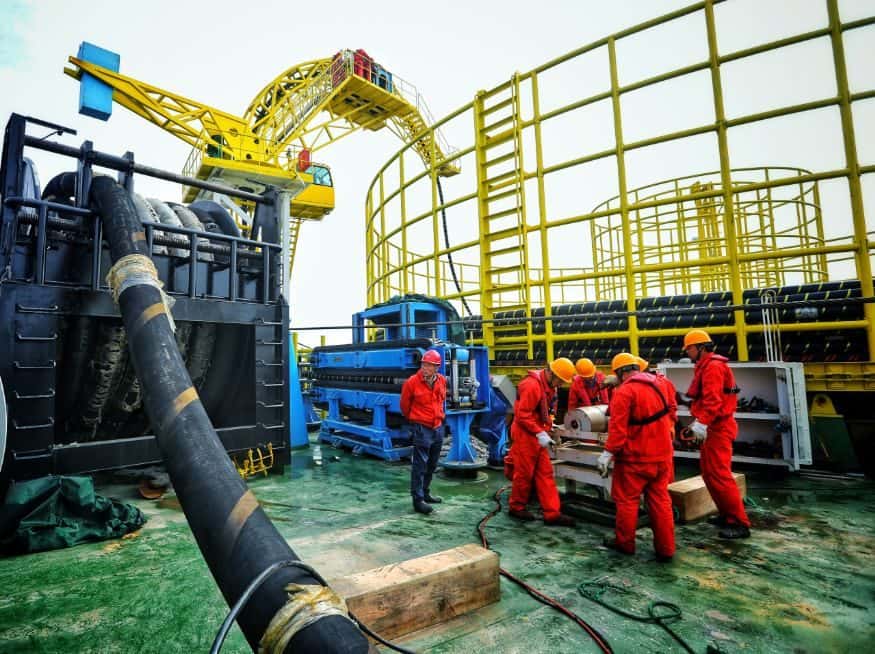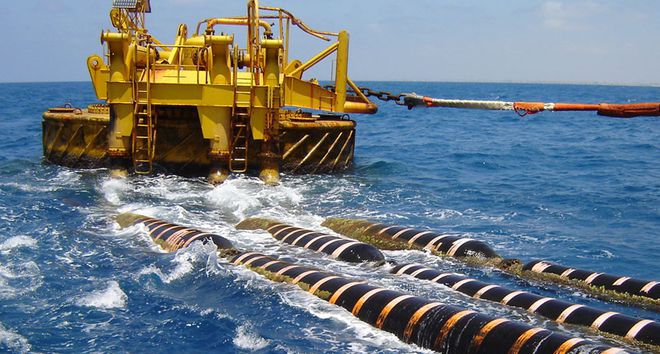Why Does The Underwater Power Cable Cost So Much?
 Jul 25,2024
Jul 25,2024

 Suke
Suke
For long-distance communication and power transmission, particularly to isolated locations, an underwater power cable is necessary. The growth of renewable energy sources has increased the significance of the underwater power cable, which make it easier to carry power from offshore wind farms to the coast.

The need for intricate and robust materials like polymer sheathing, steel wires, and LED markings drives up the cost of the underwater power cable. The underwater power cable can thus go as high as $400 per foot. Large rollers for handling and specialized vessels for inspection before to installation are also part of the manufacturing process. This demonstrates the accuracy and work required to install these lines, which calls for a substantial financial outlay. Accurate burial is ensured by remotely operated trench robots, and these cables are recycled up to 25 years later, indicating a move toward sustainability and resource conservation.
The underwater power cable has been used for many years to connect islands, isolated areas, and other regions without external power sources to the outside world to supply electricity and telecommunications. These days, numerous cables are traveling in the opposite direction, providing power and energy from the sea, due to the emergence of offshore wind farms and other natural energy power plants. These cables are of the highest caliber, as should be expected given that they can manage this level of power and survive the numerous dangers posed by the ocean floor. These cables really make use of cutting-edge technology, from the conductors to the insulation and armoring procedures. Prices have also increased dramatically as a result of this innovation, with certain cable designs costing as much as four hundred.

Above all, the underwater power cable must be laid with specialist vessels. Owing to distinctive design features, specialized vessels hold the key to the expansion of offshore power. Rotating parts, for instance, are used for effective cable distribution and storage. These boats' flat bottom and lifting mechanism make it simple for them to reduce movement in a range of water depths. These ships' cabins have been specially designed to support the cable routing procedure; they have large spaces for storing cables and the capacity to support remote control operation of ROU and underwater cables. Even though these boats are quite functional, they still have a lot of problems, such as damage from fishing boats, anchoring, marine life, and time-consuming maintenance. Future growth in offshore electricity is largely dependent on this cable-laying.

 Home
Home What Is The Neutral Ground Method Of Medium Voltage Cable?
What Is The Neutral Ground Method Of Medium Voltage Cable?  You May Also Like
You May Also Like

 Tel
Tel
 Email
Email
 Address
Address













